Primary forces:
The next waves
The three primary forces of technology, globalization, and demographics that are the root causes of disruption have existed for millennia.
While they are not new, they evolve in waves — and the interaction between these new waves gives rise to new megatrends.
We focus on one emerging wave for each primary force:
- The set of technologies that are collectively enabling the era of human augmentation
- The upsurge in populism that is fueling a backlash against globalization
- Aging populations that promise to reshape demographics across the world
Technology: the next wave
Human augmentation
Technology has always augmented human capabilities. So far, this has been relatively passive: assisting humans in performing tasks. Now, for the first time, technology will take an active role, working alongside us and directly on our behalf.
The next wave of disruptive technologies is driving this change. They include artificial intelligence (AI), augmented reality (AR), virtual reality (VR), sensors and blockchain. These breakthroughs are in turn spawning new products and services, such as autonomous vehicles (AVs), drones, robots and wearables.
In assuming more agency, human augmentation technologies will blur the line between humans and machines, realigning societal norms and challenging entrenched perceptions of ourselves.
The combination of AI and human intelligence could also lead to breakthrough discoveries, potentially yielding solutions to some of humanity’s intractable problems.
But to get these individual and societal benefits, we will not only need to broadly share our behaviors and data, but also reframe our relationship with technology. This raises difficult questions about autonomy, identity and privacy.
Companies will need to carefully craft behavioral design of these systems to build customer adoption and loyalty. Governments will need new approaches to regulation to address issues such as algorithmic bias, transparency, consumer safety, inequality impacts and privacy.
What lies beyond could be even more transformative: a convergence of information technology, biotechnology and nanotechnology that promises to overhaul the very definition of what it means to be human.
Contact
Prianka Srinivasan
EYQ (primary contact for Human augmentation and Weak signals)

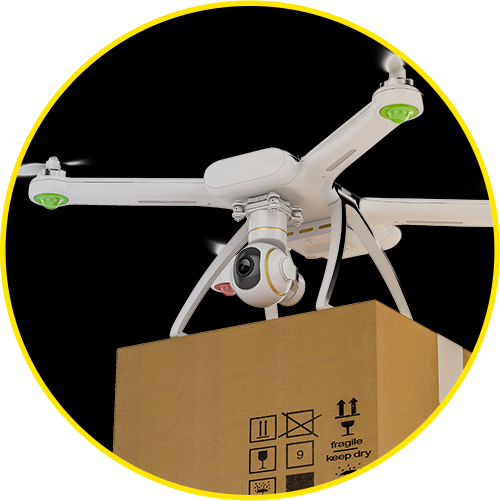
Drones
What new challenges will drones create for regulators?

Augmented reality glasses
How will brands engage with the AR-empowered super consumer of the future?

Smart clothes
How will healthcare diagnosis and delivery change when smart clothes replace today’s wearables?

Exoskeletons
Will exoskeletons help human workers compete with robots in manufacturing?
strength and endurance to the user and could be a game changer for jobs involving physical labor.

Brain-machine interfaces
How are human augmentation technologies such as BMIs challenging existing regulations?
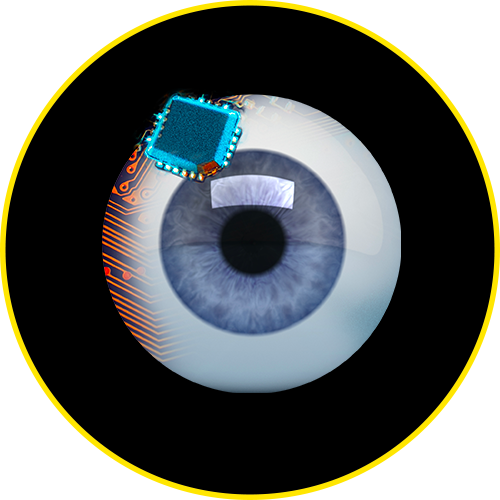
Bionic eyes
When bionic eyes provide instant visual access to information, how will they change work?

Nanobots
How will nanobots change the role of the physician?
healthcare delivery.
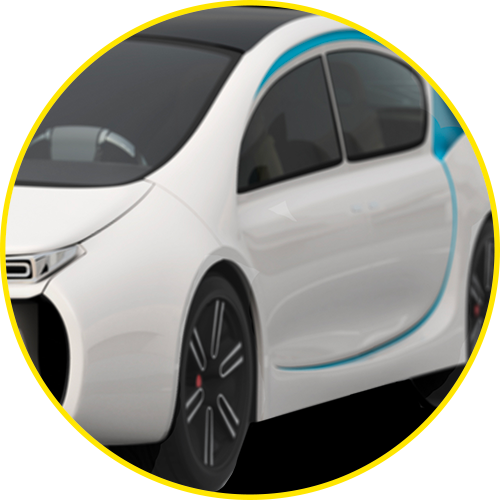
Autonomous vehicles
How will autonomous vehicles redefine cityscapes?

Virtual personal assistants
When virtual assistants make buying decisions, how will companies need to think about branding and marketing?
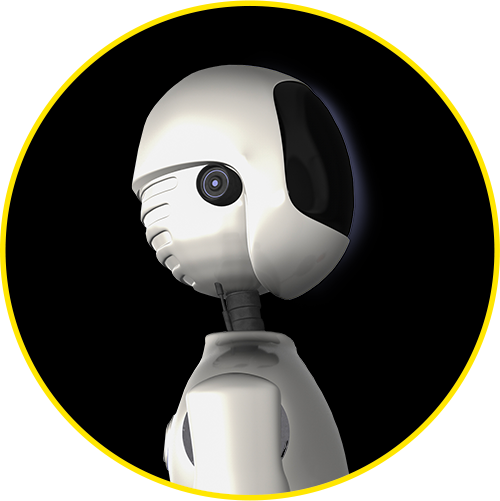
Home robots
Will we prefer home robots that look like humans or like machines?
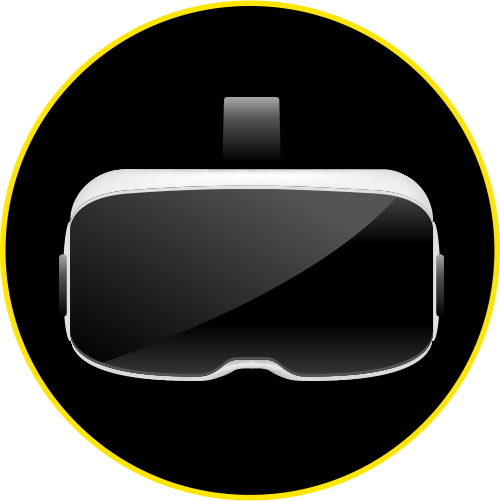
Virtual reality experiences
What impact will VR have on where and how people work in the future?
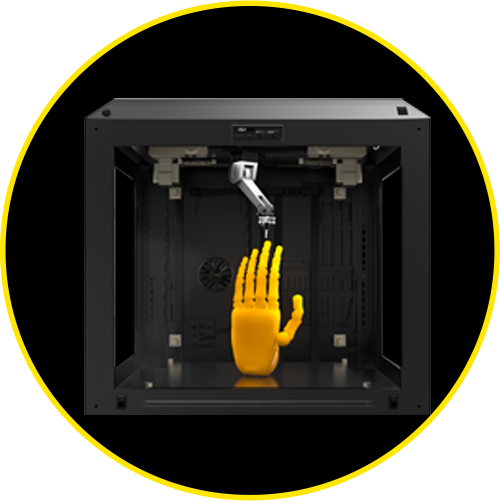
3D Printing
How will 3D printing disrupt supply chains and business models?
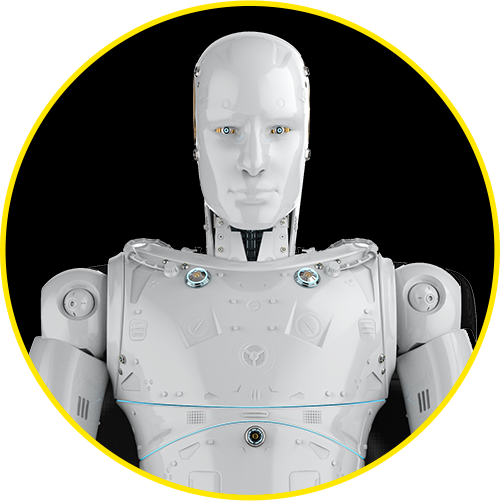
Enterprise robots
When robots become common at work, how will human workers’ roles change?

Globalization: the next wave
Populism
Over seven decades, globalization and trade liberalization helped lift more than one billion people out of poverty.
However, in 2016, Brexit and Trump brought populism and anti-globalization to the forefront as globalization and technology have disrupted jobs and strained social contracts.
Globalization and technology have collectively been disrupting jobs for decades. In the absence of adequate corrective measures by companies or governments, this has strained social contracts and deepened economic inequality.
While globalization is a convenient scapegoat, technology is a bigger source of job disruption and inequality. This trend will only accelerate: automation and the future of work could lead to much greater job displacement and income inequality ahead.
For companies, that should be a sobering outlook. So far, voters’ anger has been directed at trade and immigration. If it turns to automation and technology, most corporations would find themselves in the crosshairs.
For corporate leaders, a better path would be to proactively and collaboratively address the underlying sources of discontent.
Contact
Gautam Jaggi
EYQ (primary contact for Future of work, Behavioral design, Adaptive regulation, Health reimagined, Remapping urbanization, Renewed social contracts, Populism and Aging)
While globalization has helped lift more than a billion people out of poverty…
Share of population living on less than $1.90 per day
Source: World Bank, World Development Indicators
… it has increased income inequality within nations at every income level
Gini coefficients
High-income countries
Middle-income countries
Low-income countries
Source: EY calculations based on data from UN, Human Development Reports, extracted from EY’s Growing Beyond Borders tool
Voters are turning against globalization, with mixed results
Populist performance score
(Brexit)
(Presidential)
(General)
(Presidential)
(General)
(Legislative)
(Federal)
(Legislative)
Source: EY index calculated using media reports about select major elections in 2016 and 2017. The index is based on several factors, including whether the populist movement won or lost, its reshaping of the traditional (left vs. right) political landscape, and its electoral performance relative to expectations and prior performances.
While globalization is the scapegoat,automation could produce more job disruption,with large numbers of jobs vulnerable inemerging markets
Share of jobs potentially at risk from automation
Source: Citi, Technology at Work, v. 2.0 and World Bank, World Development Report (2016) . Chart shows selected emerging markets with jobs potentially at risk from automation.
This could bring populism to more parts of the world.
Employing largely young populations could be challenging in lower-income countries...
Share of population younger than 25


Source: EY calculations based on data from Oxford Economics, extracted from EY’s Growing Beyond Borders tool. Chart shows continents/regions with the highest share of populations younger than 25.
... particularly in regions where unemployment is already high
Unemployment rate



Source: EY calculations based on data from Oxford Economics, extracted from EY’s Growing Beyond Borders tool. Chart shows continents/regions with the highest share of populations younger than 25.
Meanwhile, growing refugee flows...
Inflow of refugees (millions)
East





Source: EY calculations based on data from United Nations High Commissioner for Refugees, extracted from EY’s Growing Beyond Borders tool. Chart shows selected regions in which countries have taken in large numbers of refugees or displaced persons.
... could increase intolerance toward immigrants
Tolerance for immigrants (0 = low, 100 = high)
Source: EY calculations based on data from 2017 Social Progress Index, extracted from EY’s Growing Beyond Borders tool. Chart shows regions with lowest scores for tolerance toward immigrants.
Demographics: the next wave
Engaged aging
Aging populations across much of the world are threatening to overwhelm health care and pension systems.
Tackling the aging challenge — and seizing the latent opportunity it presents — will compel a fundamental change in societal attitudes, public policy and industry innovation. This is a shift that is already underway.
The future of aging is one in which technologies — sensors and apps now and, soon, algorithms, autonomous vehicles and robotic assistants — enable seniors to age independently. Urban planners, policymakers, health care providers and tech companies will need to partner to develop innovative solutions that allow people to age in place.
Societies and individuals would benefit from reframing health not merely as the absence of disease, but as an asset that requires lifelong investment. Every individual could have a unique healthy aging profile that tracks physical/cognitive wellness, social wellness and material wellness.
With a shift this big, getting there is never easy — all the more so in a space as complex as this. Policymakers should align incentives to encourage disparate stakeholders to collaborate and accelerate the pace of innovation.
Contact
Gautam Jaggi
EYQ (primary contact for Future of work, Behavioral design, Adaptive regulation, Health reimagined, Remapping urbanization, Renewed social contracts, Populism and Aging)


Physical/cognitive wellness

Breakthrough drugs
New drugs to tackle the diseases of aging.
Social wellness
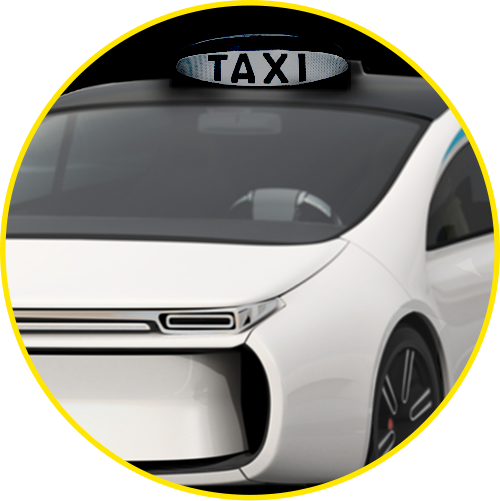
Autonomous vehicles
New technologies and approaches to keep seniors mobile as they age.
Physical/cognitive wellness

Wearables and implantables
Wearables and implantables to track various dimensions of health.
Material wellness
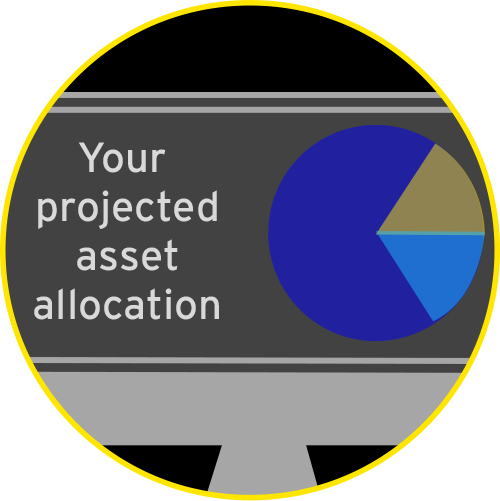
Behavioral Incentives
Incentives to nudge people to save for retirement.


Physical/cognitive wellness
Avatars
Avatars to make aging tangible and motivate behavior.
Social wellness

Sensors
Smart homes embedded with sensors to empower seniors to age in place.
Social wellness
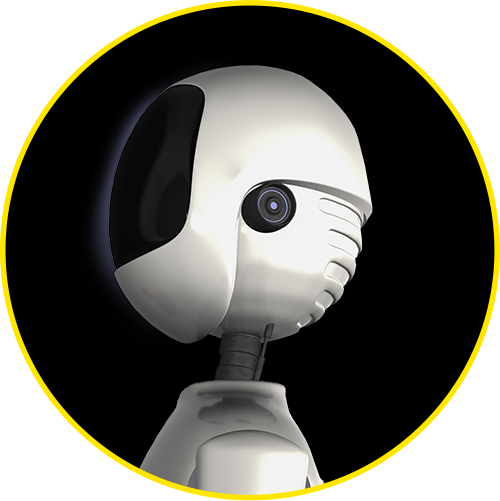
Home robots
Robotic caregivers to allow seniors to take care of their needs independently.
Material wellness

Rethinking retirement
New ways of thinking about work and retirement.





























